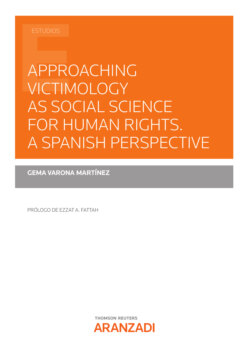Читать книгу Approaching Victimology as social science for Human rights a Spanish perspective - Gema Varona Martínez - Страница 23
На сайте Литреса книга снята с продажи.
1.4. ON THE NOTIONS OF THE IDEAL VICTIM: WHY MANY FORMS OF VICTIMISATIONS AND VICTIMS ARE SOCIALLY (AND LEGALLY) DISCARDED?
ОглавлениеThe work of the Norwegian abolitionist N. Christie is one of the most quoted ones in Criminology (Duggan, 2018). Christie (1986) begins his classical reflection on the ideal victim, asking himself and his audience the following questions, “Have you ever been victims? When was that? Where was it? What characterized the situation? How did you react? How did your surroundings react?” Christie’s contribution allows us to finish this chapter by reflecting on the notions of victim, victimisation, victimhood and victimism. Victimhood can only be met in society (and law) if five attributes are met (that in the following image are summarised into three): (1) the victim is weak (female, elderly, minor), (2) the victim is acting respectfully or is considered socially respectable, (3) she is considered innocent or not to be blamed, (4) the offender is superior and bad, and (5) the offender is unknown to her. The ideal victim scarcely exists, as Christie comments, because they have to be simultaneously weak and have some power to claim their status as a victim in a society. The problem is that there are some groups or individuals that are thought of as not deserving that status or if so, they do to a lesser extent. The notion of the ideal victim can exist in different communities of reference simultaneously provoking recognition and exclusion. Moreover, the notion of the ideal victim is also key to understanding how secondary victimisation happens throughout the whole criminal justice system.
Image 12: On the notion of the ideal victim by Christie (1986)
